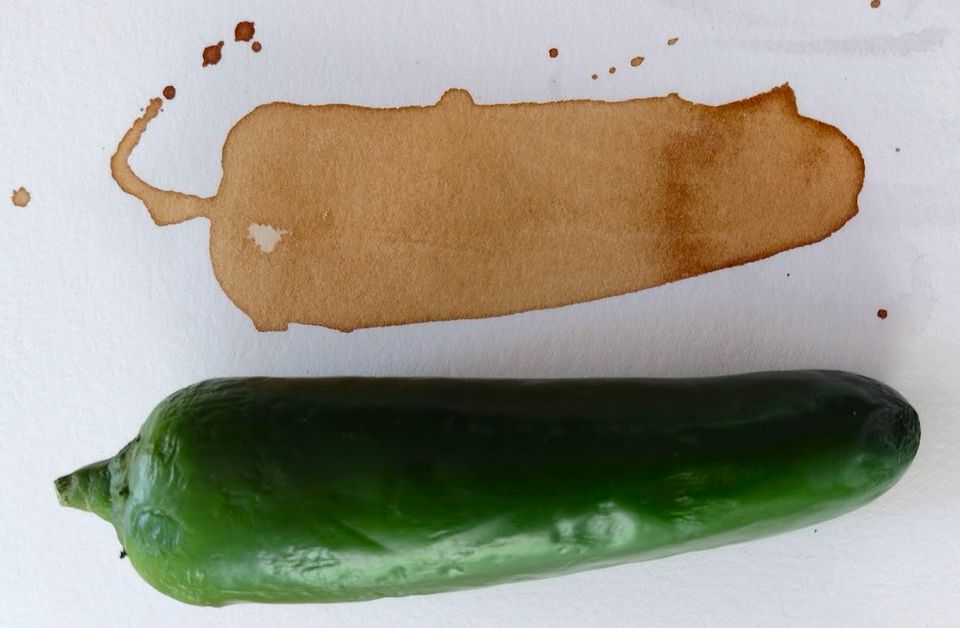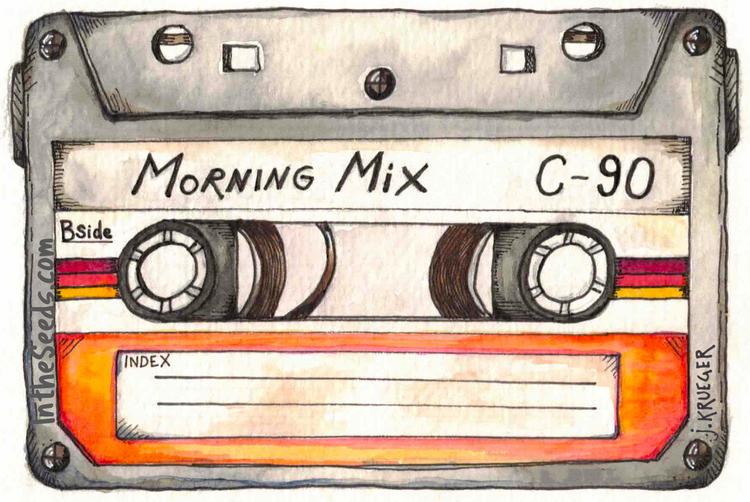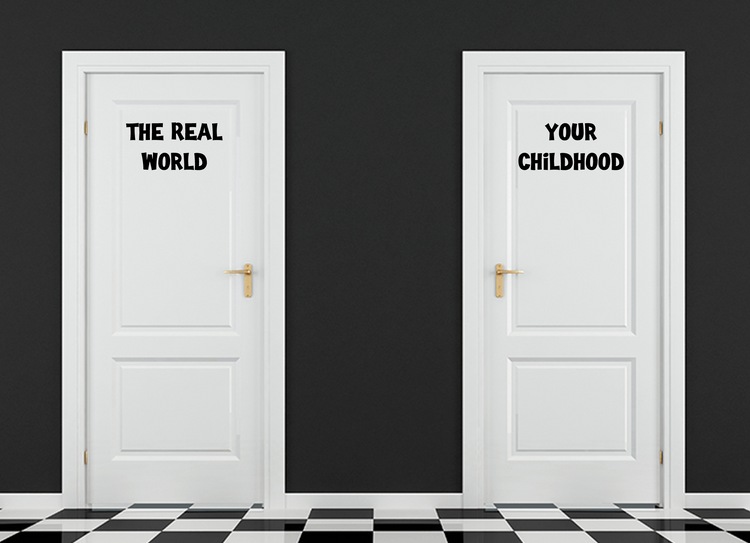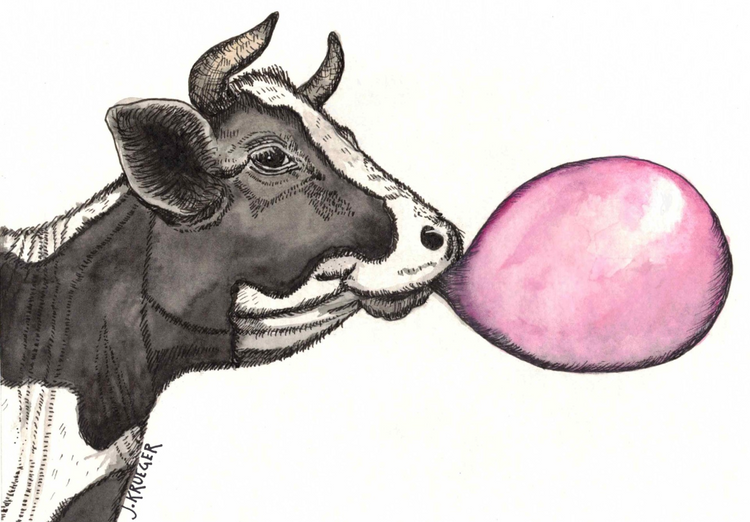Mistake-Friendly Learning Reduces Perfectionism

More than ever, adolescents get stuck in perfectionism. But mistakes, not perfection, pave the road to accomplishment.
In addition to having more brain plasticity (the brain's ability to adapt and change), young children are great at learning languages because they aren't self-conscious about mistakes. There's no ego involved in learning, no self-esteem tied up in outcomes. Same thing with art - they aren't worried about the final product. They don't hold their work up and say, "I feel like I have the proportions all wrong on this stick figure of my mom."
It doesn't take long for us, as learners, to realize that mistakes can be viewed as a character flaw, incompetence, failure, or ignorance.
Because of these high-stakes, children can transition from free-spirits to perfectionists by adolescence. And to raise the stakes higher, a parade of perfection on social media has turned the pressure to be flawless way up.
Welcome Mistakes
Edutopia's Youki Terada suggests making classrooms "mistake-friendly," reducing pressure on students and recognizing that errors are part of learning. We can also create "mistake-friendly" homes, re-categorizing errors as steps toward growth, instead of missteps to avoid.
Thomas Edison tested the light bulb 1,000 times before getting his invention to work. He famously said: "I didn't fail 1,000 times. The light bulb was an invention with 1,000 steps."
Learning Is a Circle
Learning doesn't occur in an uneventful line. It's closer to a series of circles that eventually move us in the right direction: try, fail, circle back and try again (this time with new information/skills).

Even the curly arrow doesn't capture what real growth looks like. Learning is closer to the game Chutes and Ladders. We get something right - two steps forward. We totally flub - three steps back.





